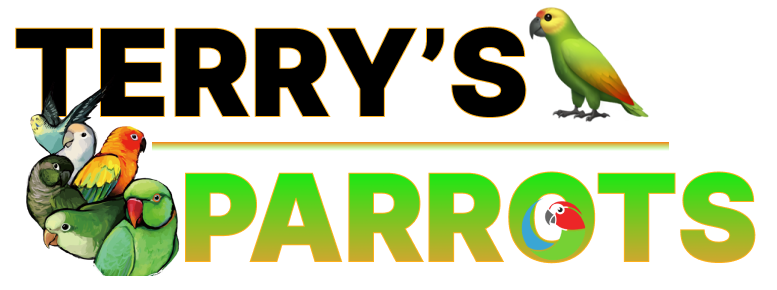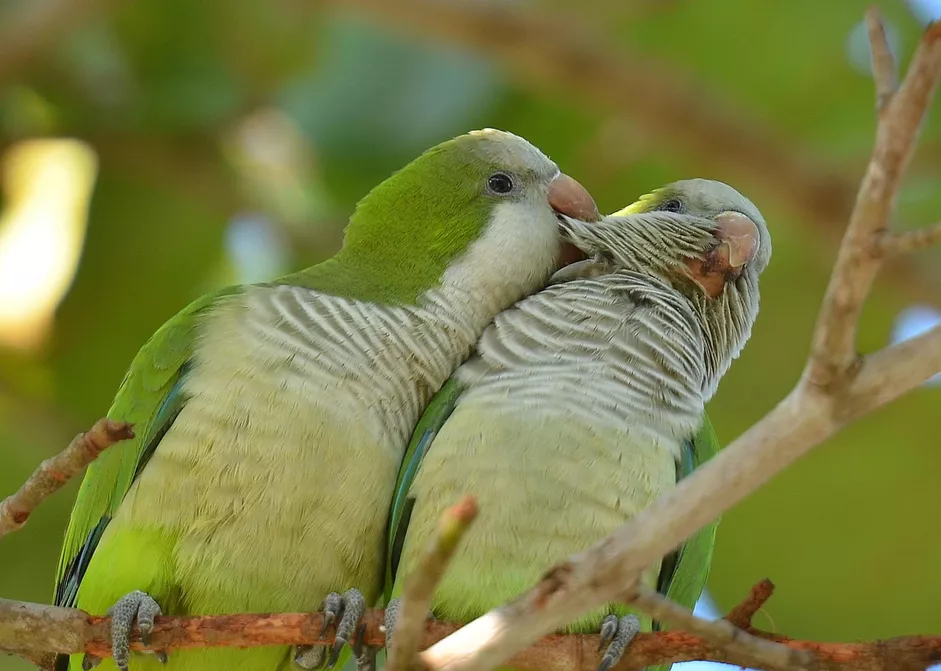No products in the cart.
Blog
Quaker Parakeet For Sale
Quaker Parakeet For Sale
Buy Quaker Parakeet Parrots. Monk parakeets are small to middle-sized, intelligent, funny and feisty birds that are a friend or badass to people depending on their interaction and/or mood. They are good talkers who will rant endlessly when in the mood. They like to be held in hands and stroked. They also make a great shoulder bird. Buy Quaker Parakeet Parrots UK
Native to a small portion of South America, the Quaker parrot’s range extends from central Bolivia and southern Brazil into parts of central Argentina. They typically live in the woodlands and are known for building strong community bonds. Quaker Parakeet parrots for sale
- Species: Myopsitta monachus
- Other names: Monk parakeet
- Vocabulary: 40-100 words
- Lifespan: 20-30 years
- ADULT SIZE: 12 inches from beak to tail, weighing between 4 and 5 ounces
- COMMON NAMES: Quaker parrot, Quaker parakeet, monk parrot, monk parakeet, green parakeet, gray-breasted parakeet, Montevideo parakeet
:max_bytes(150000):strip_icc():format(webp)/GettyImages-136658283-58a6e91f5f9b58a3c918f385.jpg)
Quaker parrots (or monk parakeets) are known for their charming, comical personalities and their willingness to learn human speech. It is an excellent choice for bird lovers who want all the fun of a large parrot in a smaller package. They are a popular pet, good for dedicated beginners, and adapt well to living in a “human flock” setting. However, in some parts of the U.S., they are illegal to keep in as pets.1 Check with your local laws before getting one. buy Quaker Parakeet Europe
They are the only parrot known to build nests. These birds spend a lot of time creating elaborate dwellings from twigs and branches. Their nests even have multiple rooms. Flocks of Quakers will often build nests right next to each other to create Quaker communities. Some nest communities can grow to the size of a compact car.
A hardy bird, feral colonies of Quakers also live in many urban areas throughout the world. In some places, particularly the southern U.S., wild Quaker populations pose a risk to crops and native bird species.
Temperament
Quakers are very confident and social birds by nature. These birds are delightfully entertaining; they’re like little clowns. They have the personality of large birds in a little bird’s body. Bold and outgoing, they tend to chatter a lot and are known for their exceptional talking ability. These little guys need just as much attention as bigger parrots.
Speech and Vocalizations
Most Quakers develop a vast vocabulary and can even put together multiple phrases. Mimicking sounds and singing are other talents of this little beauty. Quakers are little chatterboxes, especially when you get more than one bird in a room.
The loudness of this parrot is subjective. Some owners say that it’s a quiet bird, while others think they’re too noisy. They do not make ear-piercing screams like other parrots, but they will call out on occasion. Their noise level should not bother the neighbors.
Quaker Parrot Colors and Markings
The typical colors of an adult Quaker are a vivid green on the head, wings, and back. The bird’s most distinguishing feature is the gray breast, cheeks, and throat. This coloration resembles Colonial-era Quaker clothing and is how this bird got its name.
They have gorgeous blue flight feathers and a lighter green tinge on the underside of their tails. Their beaks are horn-colored and their feet are grey. Overall, they look like a stalky cockatiel.
Captive breeding programs have also produced a variety of beautiful color mutations in Quakers. One of the most popular mutations is a blue hybrid Quaker parrot developed in the early 2000s. Breeders have also created albino, cinnamon, lutino, and pied Quakers.
Caring for a Quaker Parrot
Quakers are very active birds and need to have an adequate amount of space to play. Their cage needs to be a minimum of 18 inches square, though they’ll do even better in a larger enclosure. Make sure it’s toughly constructed. These birds not only like to chew, but they are also well known for learning how to open the cage and escaping.
Put a bowl with fresh water inside the cage for a birdbath; this can provide hours of entertainment, exercise, and mental stimulation.
Quakers can get aggressive if they feel their home is threatened. Since they do take pride in their home, they can become possessive over their cage. If you are introducing another Quaker to the one you already have, allow the two to get acquainted in separate cages and form a bond first. Otherwise, the other bird will seem like an intruder. They will fight and even kill to protect their home.
Diet and Nutrition
Quakers are known to be excellent eaters and their diet should include the fruits, vegetables, and nuts they typically eat in the wild.
As a captive bird, their main diet item should be a high-quality, commercially formulated pellet mix. Provide a variety of fresh fruits and vegetables, leafy greens, nuts, and healthy table food. Root vegetables, peppers, and colorful produce are critical in their diets.
Feed these birds about 3 tablespoons of pellets per day and offer at least a 1/4 cup of fresh fruits and vegetables in the morning. Discard the fresh foods that are not eaten by the end of the day. You can offer a second feeding of fruits and vegetables a couple of hours before bed. Buy Quaker Parakeet Parrots AU
Exercise
Provide your Quaker with plenty of toys and a play gym as a place to burn off their energy and play. Quaker parrots need at least two hours of outside-of-the-cage time in a bird-safe room. Close windows and doors, turn off ceiling fans, block fireplaces, and remove potentially toxic plants and other pets from the room.
Balls, bells, and smaller chew toys will engage and interest your bird. These brilliant birds will often have fun with puzzle toys.
Allow Quaker parrots to exercise their nest-building instinct. Your bird may try to weave things into the bars of its cage or may choose to begin nesting in a corner of your house using random items it finds. Make sure you supervise these curious birds during the time they’re out of the cage.
Pros:
- Although they are small they are quite entertaining pets. It is like enjoying a cockatoo in the body of a parakeet.
Cons:
- They can be loud and destructive although not as much as the larger Macaws and Cockatoos.
- They can become aggressive. Feather plucking is one problem when the bird gets aggressive.
- Prone to obesity and pancreatic problems.

